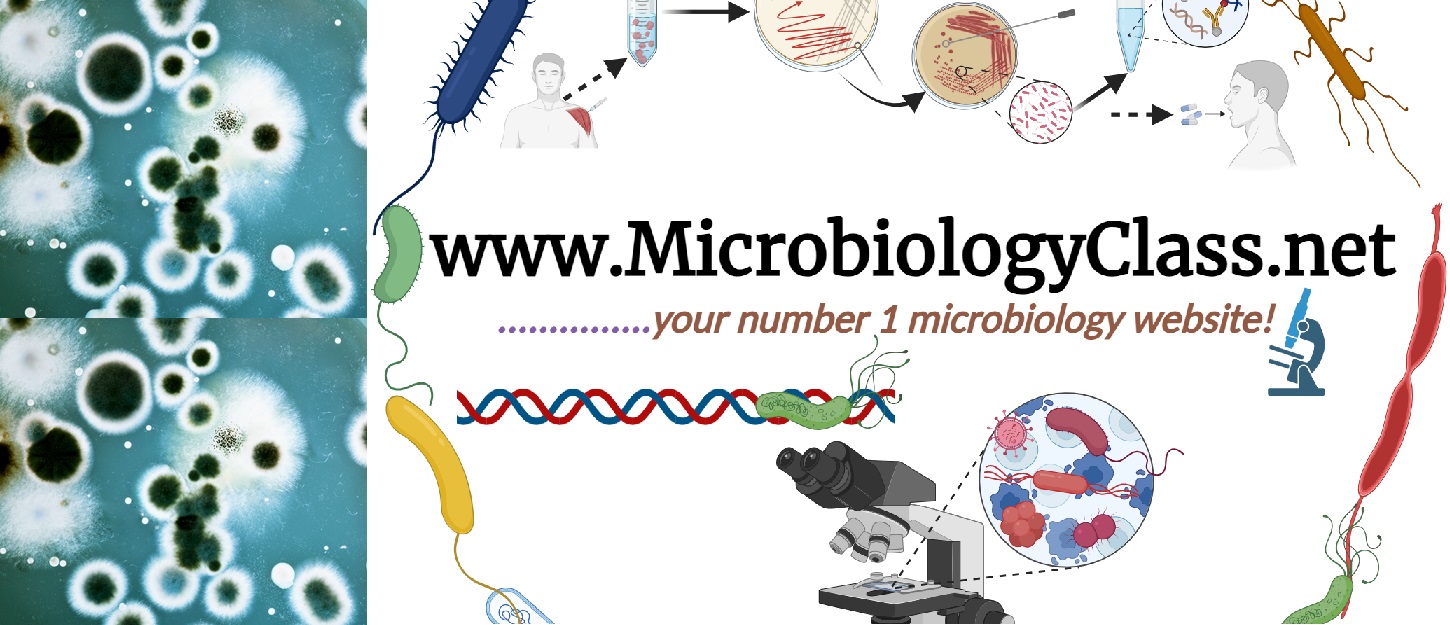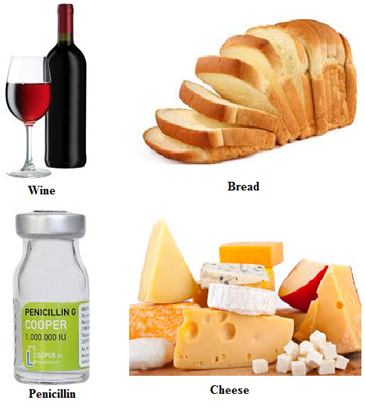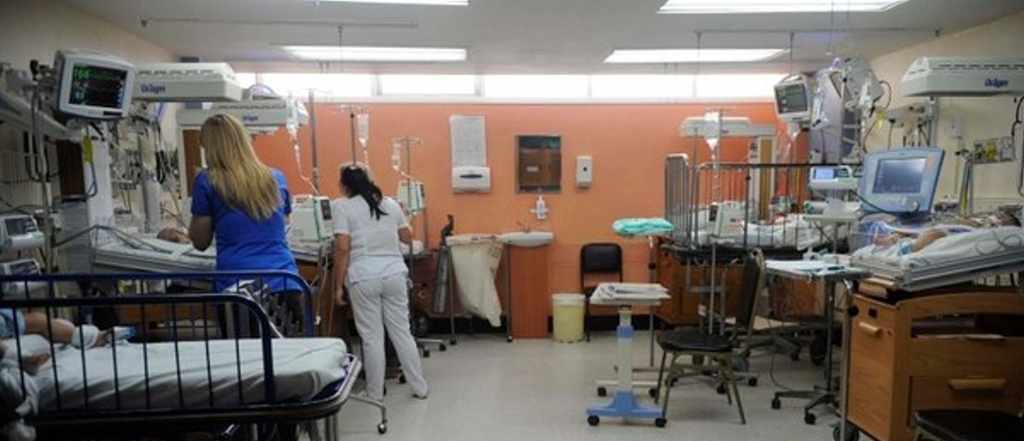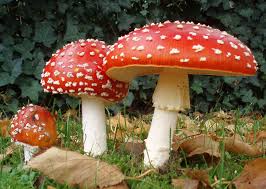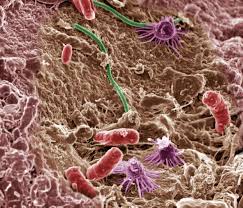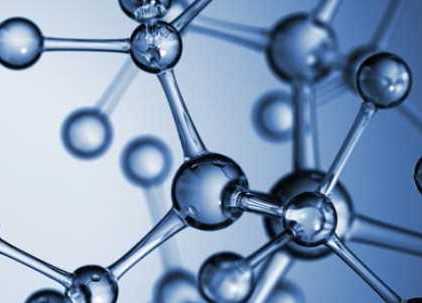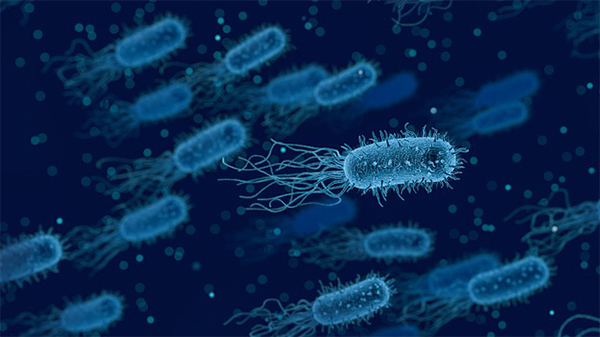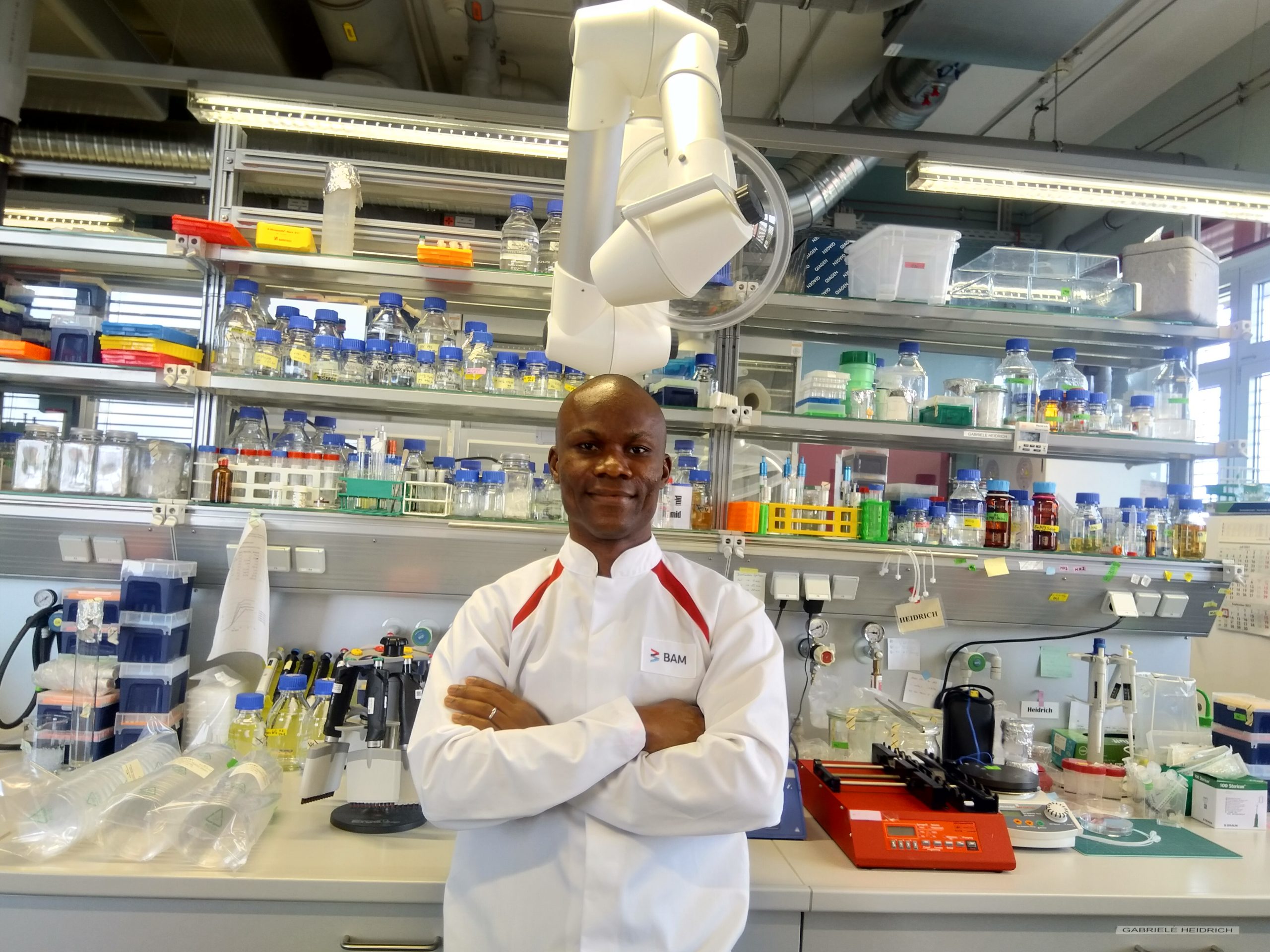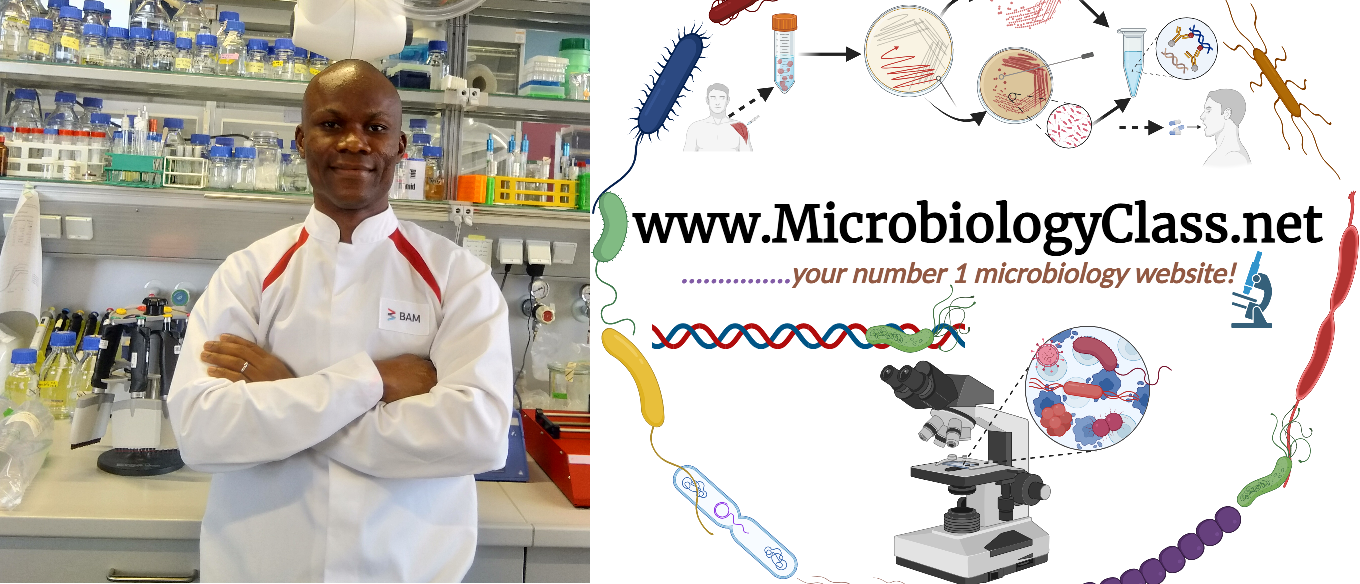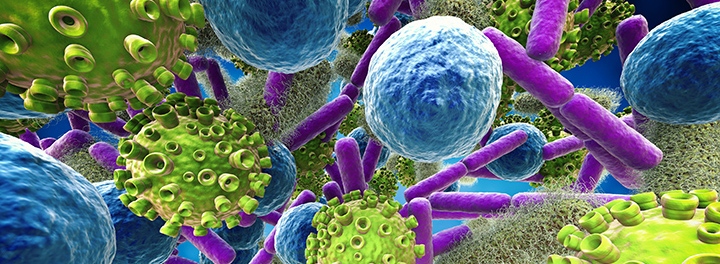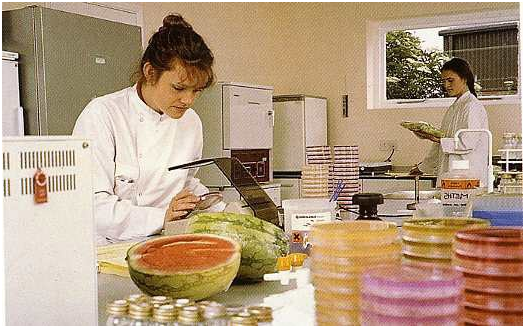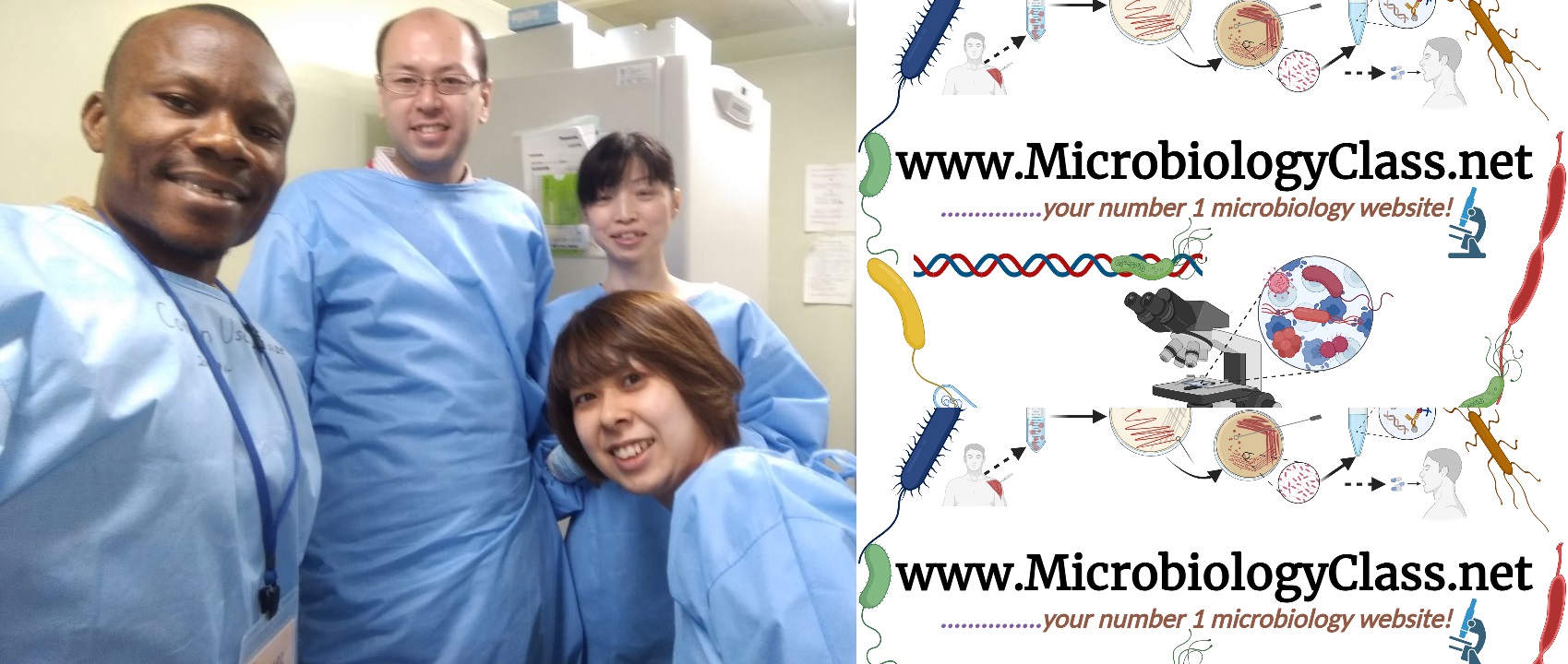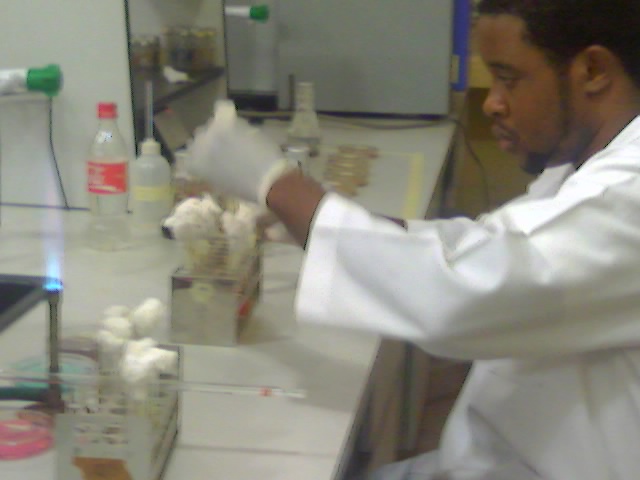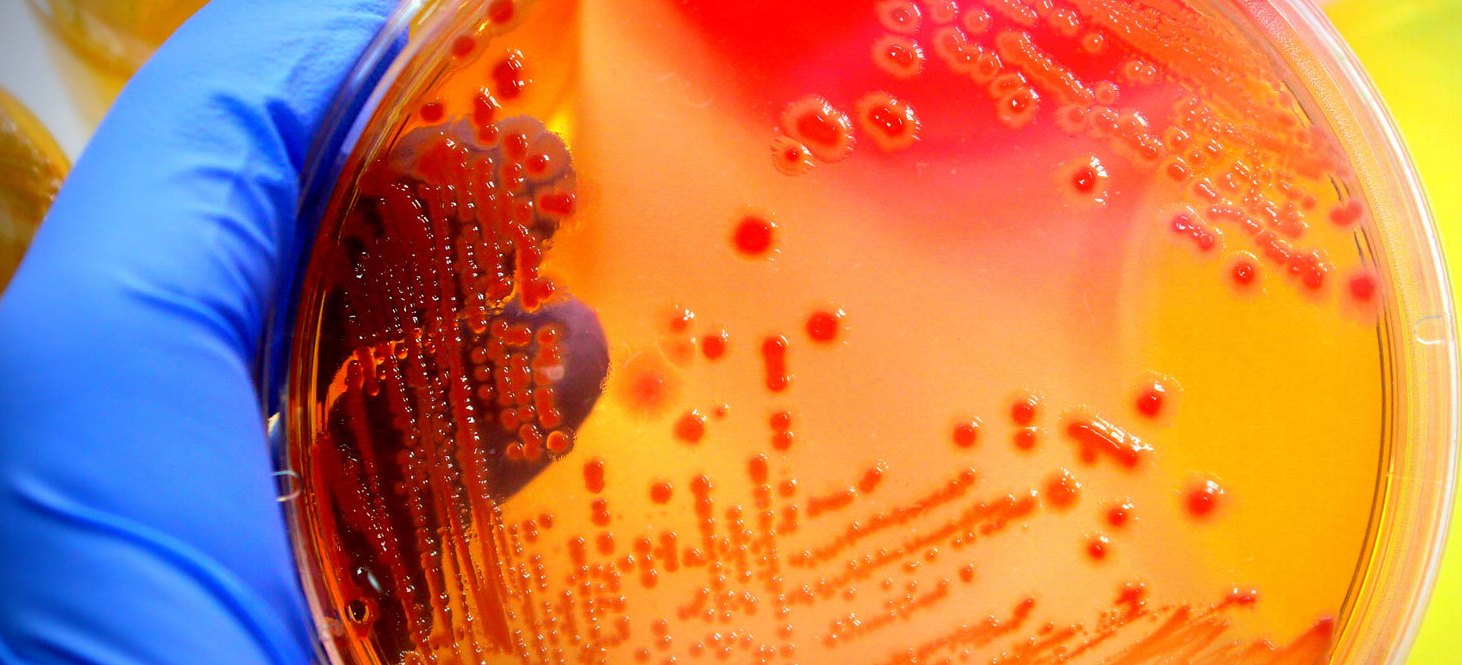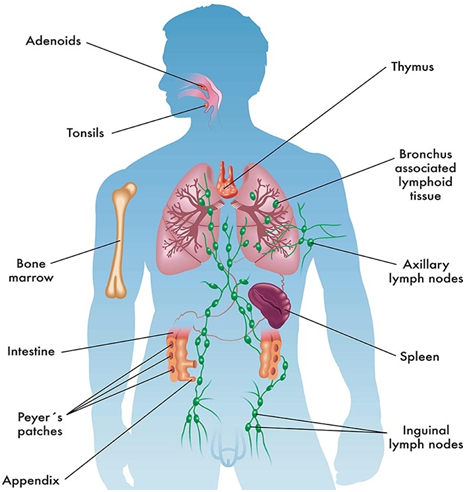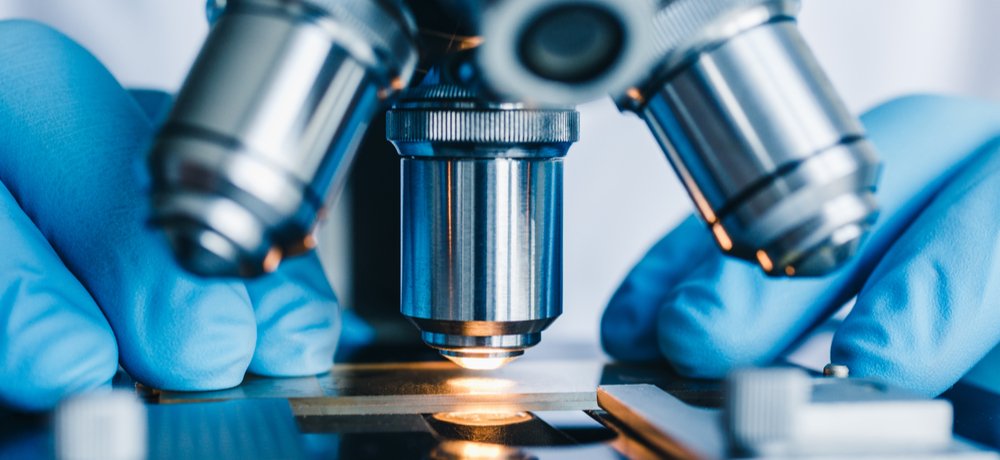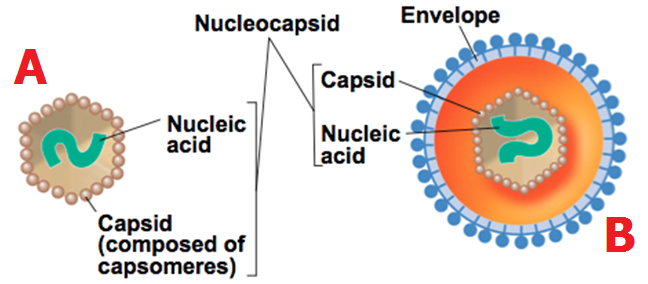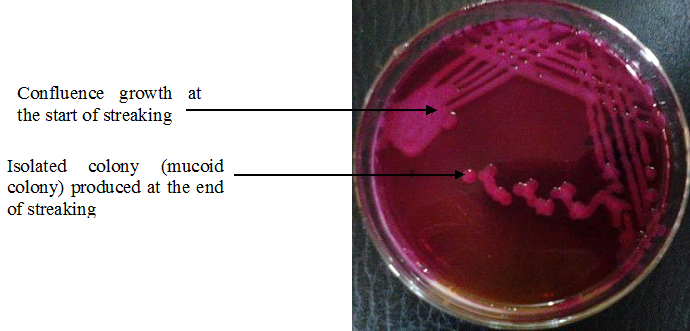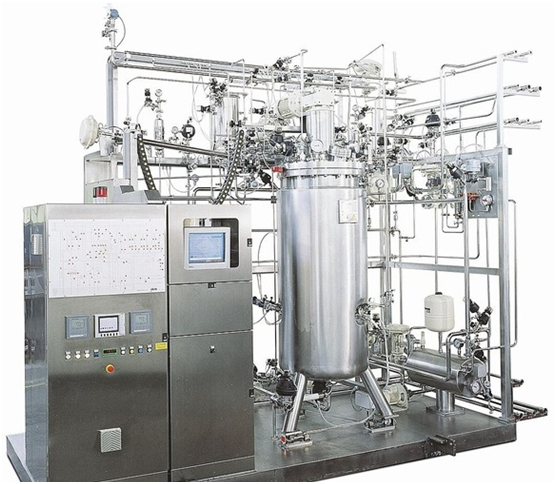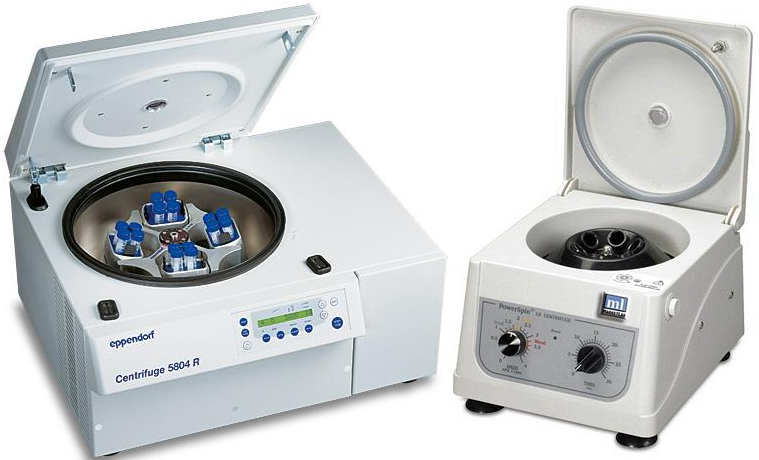Steps for a Successful Post-Doctoral Fellowship Application, Grant Call or Scholarships for Postgraduate Studies Abroad […]
Author: DrChika
Important Microbiology Websites for Study & Opportunities
Africa’s largest microbiology website. https://microbiologyclass.net Canadian Society of Microbiologists. https://csm-scm.org/conferences/ American Society for Microbiology. https://www.asm.org/ […]
The Proposal Writer’s Guide
Introduction Writing a proposal for a sponsored activity such as a research project or a […]
WHAT IS MICROBIOLOGY?
MICROBIOLOGY is simply defined as the study of microorganisms. Microorganisms or microbes are organisms that […]
General Significance and Importance of Fungi
Fungi represent a vast and diverse kingdom of eukaryotic organisms that play indispensable roles in […]
MEDICAL MYCOLOGY – overview of fungal infections
The study of pathogenic fungi (i.e. fungal organisms that are of medical importance) is known […]
Introduction to Mycology
What is mycology? Mycology is simply defined as the study of fungi. Fungi (singular: fungus) […]
CELL THEORY
Cell theory is the scientific hypothesis that the cell is the basic unit of life […]
WHAT IS A CELL?
A cell is simply defined as the basic structural and functional unit of life. It […]
Introduction to Microbial Physiology & Metabolism
Microbial physiology is simply defined as the study of the cell structure, growth factors, metabolic […]
Advertise with us
Advertise Your Business/Services on Our Platform! Reach a wider audience and grow your business with […]
Contact us
Contact Us for Advertising and Professional Services Name: Dr. Chika EjikeugwuAddress: Helmholtz Centre for Environmental […]
AUTOBIOGRAPHY OF THE FOUNDER OF MicrobiologyClass.net
Dr. Chika Ejikeugwu is a distinguished Fellow of the Alexander von Humboldt (AvH) Stiftung in […]
About MicrobiologyClass.net
Welcome to MicrobiologyClass.net MicrobiologyClass.net is Africa’s leading microbiology platform, providing academic and research resources for […]
Introduction to Biotechnology
Biotechnology is simply defined as the scientific manipulation of living organisms at the molecular genetics […]
Normal Microflora
The human body is inundated with plethora of harmless microorganism’s including fungi and bacteria found […]
Introduction to Food Microbiology
Food microbiology is the branch of microbiology that deals with methods for keeping microorganisms (especially […]
Exploring Careers in Microbiology: What Microbiologists Do and Where They Work!
A guide to discovering diverse career paths through the world of microbes—from healthcare to climate […]
Safety in Microbiology Lab
Safety first is a general slogan that is obtainable in virtually every spheres of life. […]
Overview of Microbiology
Microbiology (Micros-Small, Bios-Life, Logy-Study)is simply defined as the study of microscopic organisms that are too […]
Introduction to Immunology / Immune System
Immunology is simply defined as the study of how the immune system of a living […]
Introduction to Microscopy and Microscope
The history of microbiology will be incomplete without first mentioning the discovery and development of […]
Introduction to (Medical) Virology
Medical virology is simply defined as the study of viruses that are of medical importance […]
Colonial morphology of microorganisms
Microorganisms produce definite patterns on culture media plates as they grow and divide. These specific […]
Microbial Growth
Growth is simply defined as an irreversible increase in the size of an organism. It […]
Introduction to (Medical) Bacteriology
Medical Bacteriologyis a branch of medical microbiology that is concerned with the diagnosis, prevention and […]
Introduction to Industrial Microbiology
Microorganisms have long been central to the development and sustenance of human civilization. They play […]
Centrifuge
Centrifuge is an instrument is used to separate suspensions or particulate matter in a liquid […]





